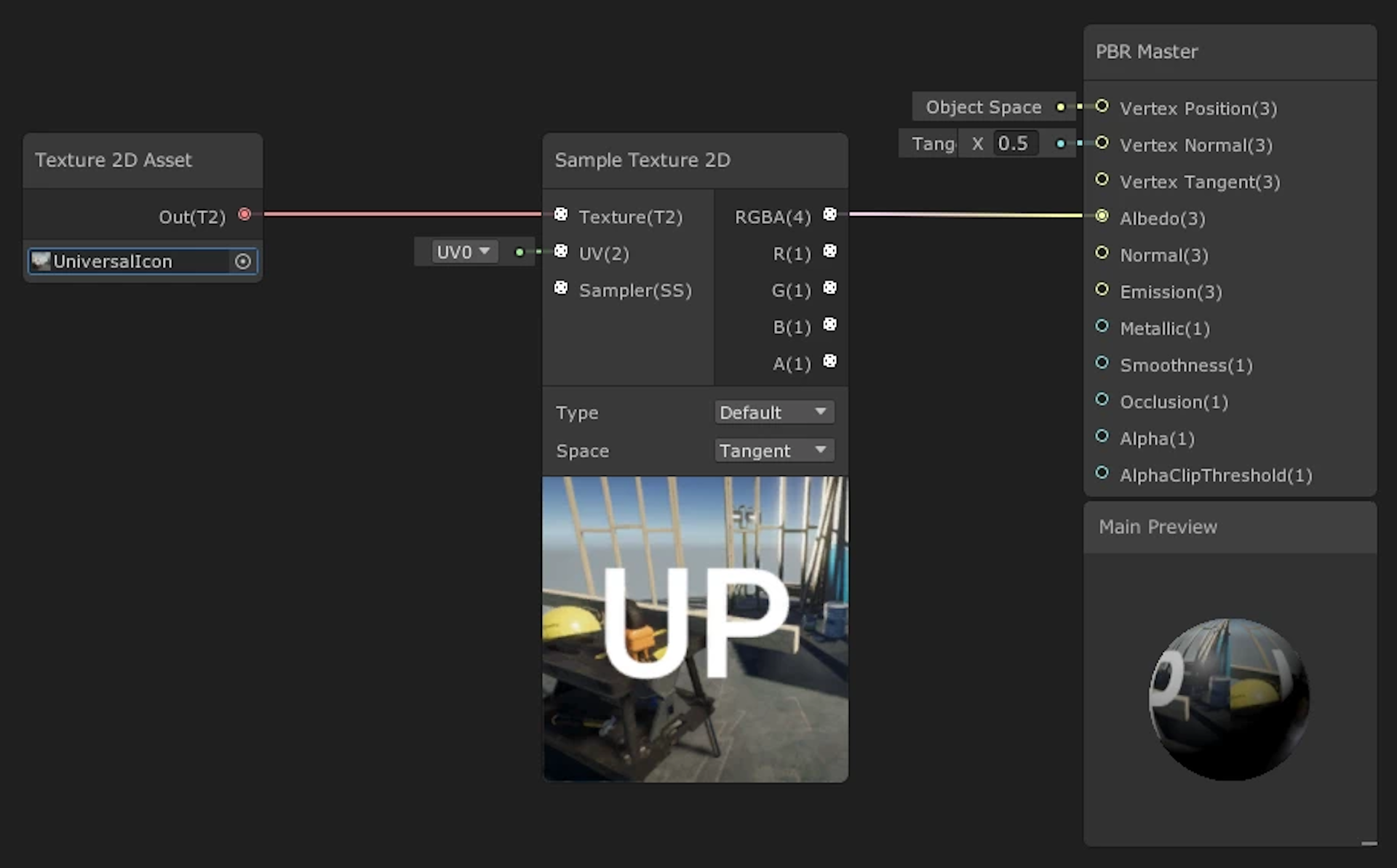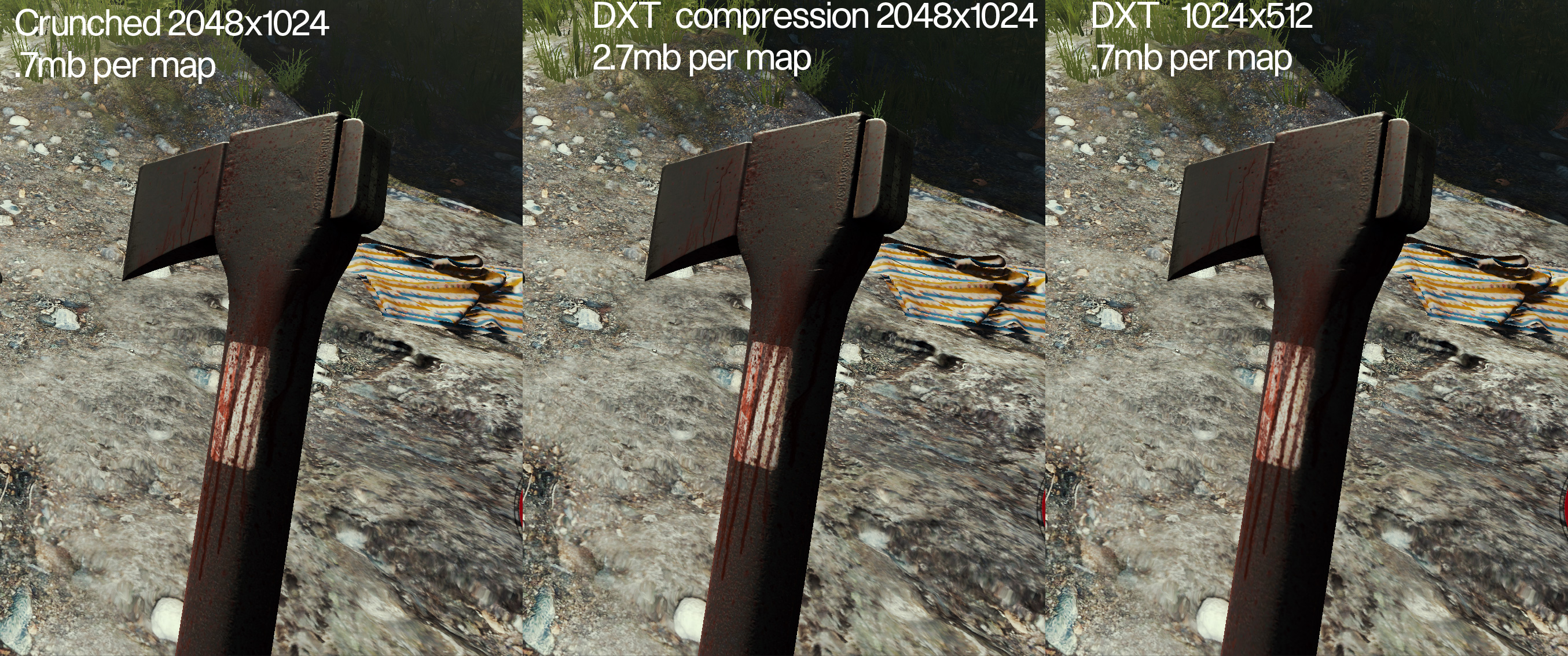
- UNITY TEXTURE PACKING HOW TO
- UNITY TEXTURE PACKING FULL
- UNITY TEXTURE PACKING DOWNLOAD
- UNITY TEXTURE PACKING FREE
But setting the compression to PVRTC and stretching the texture to 1024 * 1024 (compression works only with POV2 textures) changed the memory consumption to only 1MB. The size of our texture is 754x754, if we had choose RGBA 32 compression it would have consumed 2.2 MB. The scene uses only one texture for the whole scene - already good benefit - but we can squeeze even more. There are further optimizations that can be done. You can view a preview of the scene in the web player here: The entire scene with almost 100 objects and 50 animations has only 1 Draw Call, 1 Texture, and uses only 1MB of memory. The complete scene can be found here: Assets/Extensions/TexturePacker/Tutorial/Scenes/AtlasesAnim See the MyFireAnimation, MyTeslaAnimation and MyMeshTexture classes. You always can automate this process using extensions, there are a few examples of how do this inside the package. You can try other meshes and experiment with different TPMeshAnimation options. Now press play and you will see fireball animation playing on the cube.

*Note: Do not attach TPMeshTexture component, it will casue component lost if you replace TexturePacker.dll. The sword is now using the texture from the atlas.

Choose Atlas and Texture in TPHelper menu.Attach TPMeshTextureEx component ( TPHelper component will be added automaticly).Select the sword_01 gameobject (the one with the MeshRenderer component attached).Replace this with a texture from the atlas: It already has a texture and a material assigned. ( Assets/Extensions/TexturePacker/Tutorial/Art/Models/Sword/sword_01) But you can create any number of other materials with different shader for atlas. *Note: The material will be created automatically by Asset Processor editor script. Set material name as TutorialAtlasMaterial, attach TutorialAtlas.png as main material texture and change shader to Transparent->Diffuse. If you do not see the image, you can view the image by clicking directly on the URLĪtlas is ready, so we need material for it. I has described most optimal options, but you can experiment with TexturePacker option to get the best result for your atlas. Trim mode: none (Trim mode is only supported for GUI rendering)
UNITY TEXTURE PACKING FREE
Now let’s configure our atlas.ĭata File: YourProject/Assets/Resources/TutorialAtlas_data.txt Texture File: YourProject/Assets/Resources/TutorialAtlas.pngĪlgorithm: MaxRect (Full version only) or Basic (available in the free version)Īllow Rotation: checked (Full version only) unchecked (free version) Open TexturePacker, and simply drag the textures inside. The TexturePacker Unity extension is available here:įor the first tutorial, we’ll pack textures for our scene (Assets are available in the TexturePacker Extension package under Assets/Extensions/TexturePacker/Tutorial/Art/AtlasSource).
UNITY TEXTURE PACKING DOWNLOAD
TexturePacker is available for download here:

UNITY TEXTURE PACKING FULL
Both have a limited function free version in addition to the full version. There are two different versions of TexturePacker – The stand alone TexturePacker, and the TexturePacker Unity Extension.
UNITY TEXTURE PACKING HOW TO
This is a tutorial on how to use the TexturePacker extension for Unity.


 0 kommentar(er)
0 kommentar(er)
